Photo: © Kim Wolhuter
Born in the Kruger National Park of South Africa, Maverick filmmaker and third generation game ranger Kim Wolhuter has spent his career documenting some of Africa’s apex predators. What sets him apart are the bonds that he forms with the animals he films, giving him unparalleled access and distinctive footage of some of Africa’s most revered species.
Kim’s dedication to his stories sees him spend up to two years with any one species, ensuring the animal becomes relaxed in his presence to film the most natural behaviour possible. His burning passion is to dispel the myths that cloud certain predators. A deep love and commitment to revealing the truth about these animals are evident in his work and in the interview you are about to read.
WildArk: You have an incredibly unique relationship with many of the animals you film. Why is this so important in your work?
Kim: I never start a film with a storyline. I prefer to spend a lot of time, 18 months to two years, to tell the animal’s own story in a more intimate and captivating way.
Working with animals, they get used to our vehicles, but always have that niggly feeling in the back of their minds, ‘Why is this thing following me?’ I realised, that if I was going to stop being that ‘niggle,’ I had to be able to give them something. Feeding them was out of the question. The only thing I could give them was love and affection.
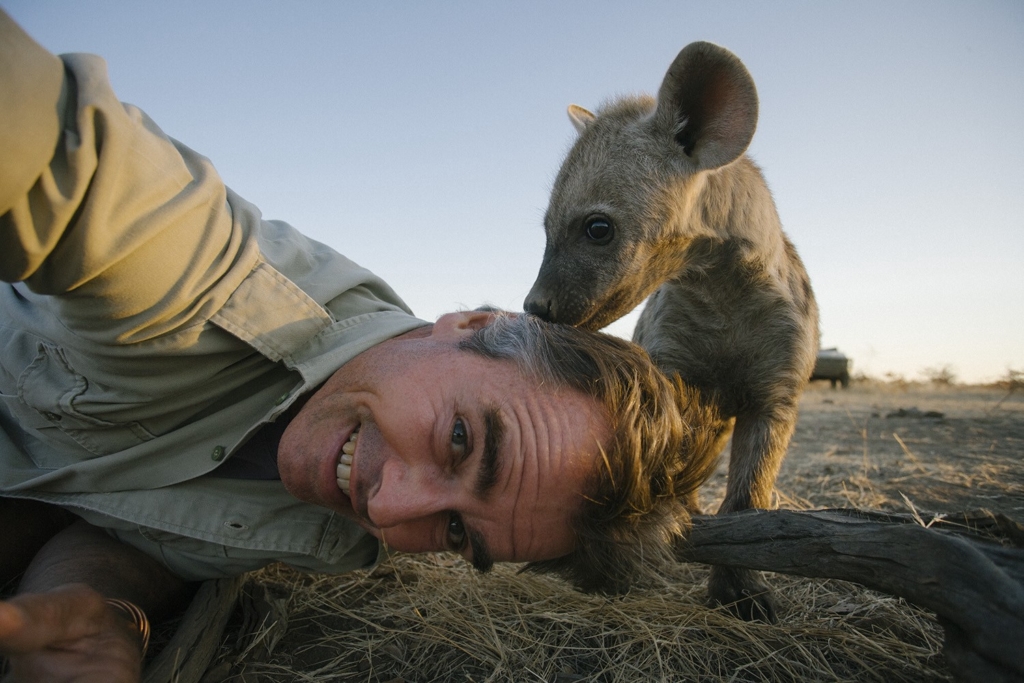
Photo: © Kim Wolhuter
As animals became more and more curious, they start sniffing and licking me. They invite contact.
When I put my hand out to a hyena, it came up to me and instead of sniffing or licking my hand it put its chin on my hand, pressing down on it, inviting the contact.
I reciprocated by scratching it under the chin, which it loved, lifting its head for more pleasure. After that, she came back for scratches every day, and we developed a fantastic bond. With my hyenas, there was no feeding. Just a transfer of love and affection. A situation that is very similar to that which Jane Goodall had with her chimpanzees.
Having the animals’ full trust allows me into their lives. I am then able to film them behaving naturally. Filming on the ground, wide angle lens, right in there to give the audience the feeling of what it’s like to be that animal.
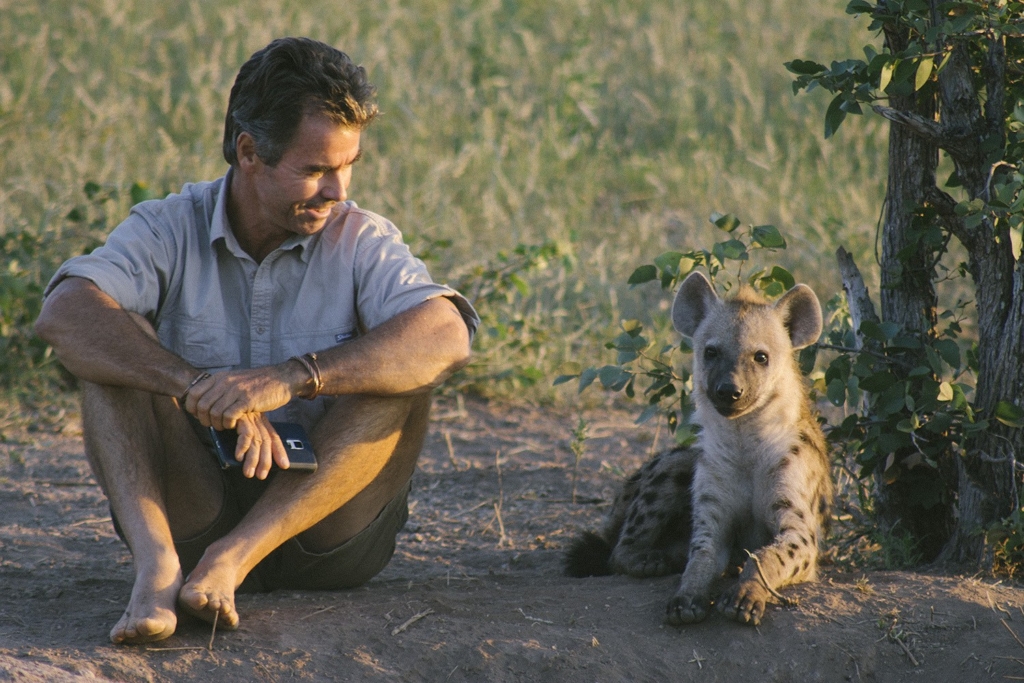
Photo: © Penny Wolhuter
WildArk: Why are Hyenas, in particular, so important to you?
Kim: I want people to realise these animals aren’t out there to kill people, that’s why it’s important for people to see me working with hyenas in this way. They aren’t the villains that most films cast them as. I want to change that perception and portray hyenas for what they are: highly intelligent, amazing mothers and incredible hunters.
WildArk: Some people might not agree with touching wild animals. What does it mean to you?
Kim: I must emphasize that it’s not my goal to touch wild animals. I was always of the opinion that it’s taboo to touch a wild animal. Then I had these animals approaching me and inviting contact. It only seemed right to reciprocate, which I did and it is this that I believe has allowed me to develop such close bonds with hyenas, cheetah and leopards.
It has to do with how you present yourself to them. It’s in your body language. I never carry a weapon, nor does anybody working with me. This is crucial. When you carry a gun, you lose respect for the animal, push boundaries and the animal retaliates. What right do you have, to shoot the animal because you overstepped the mark? I like to be with the animals one on one, but I don’t harass them because I don’t want to be eaten.
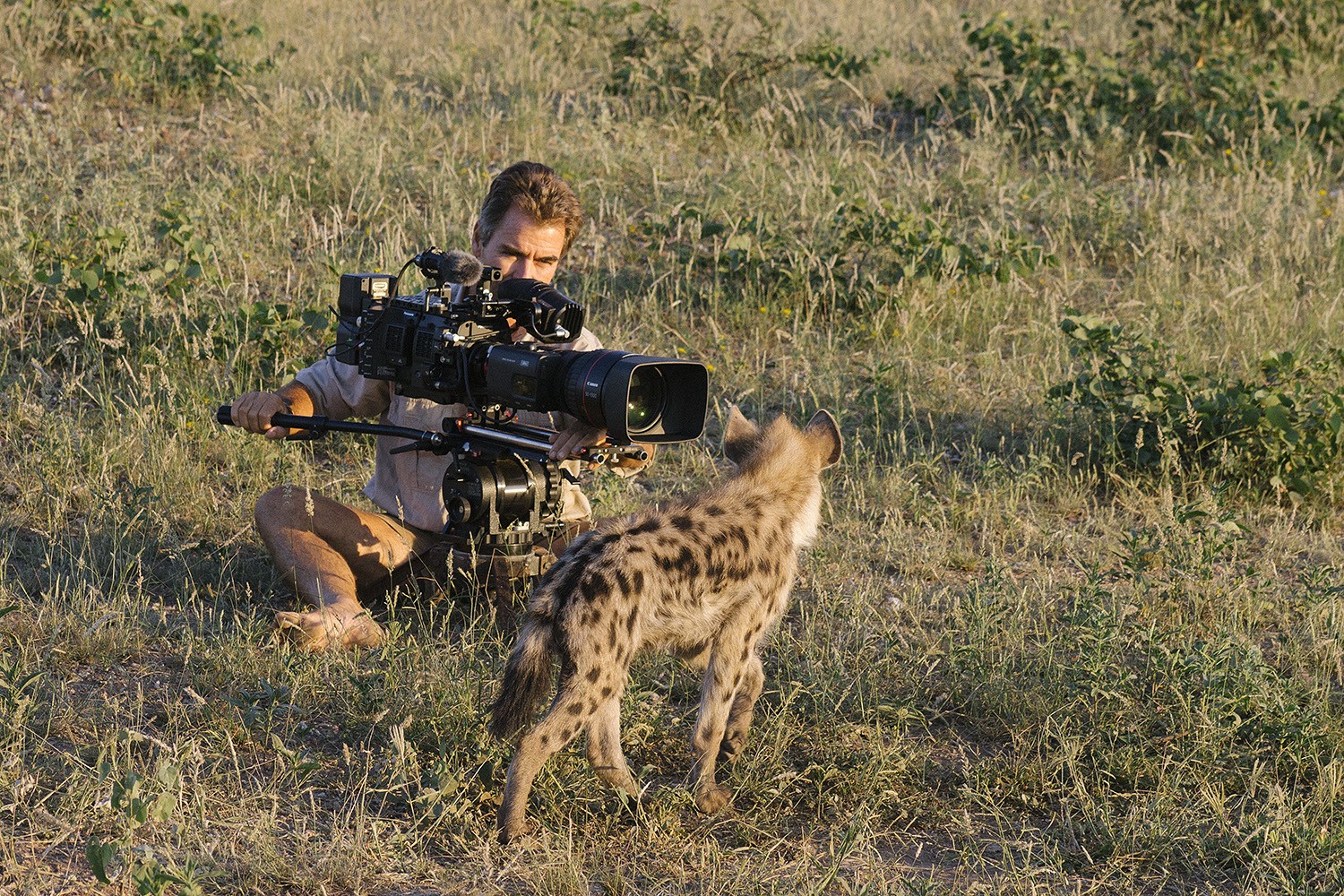
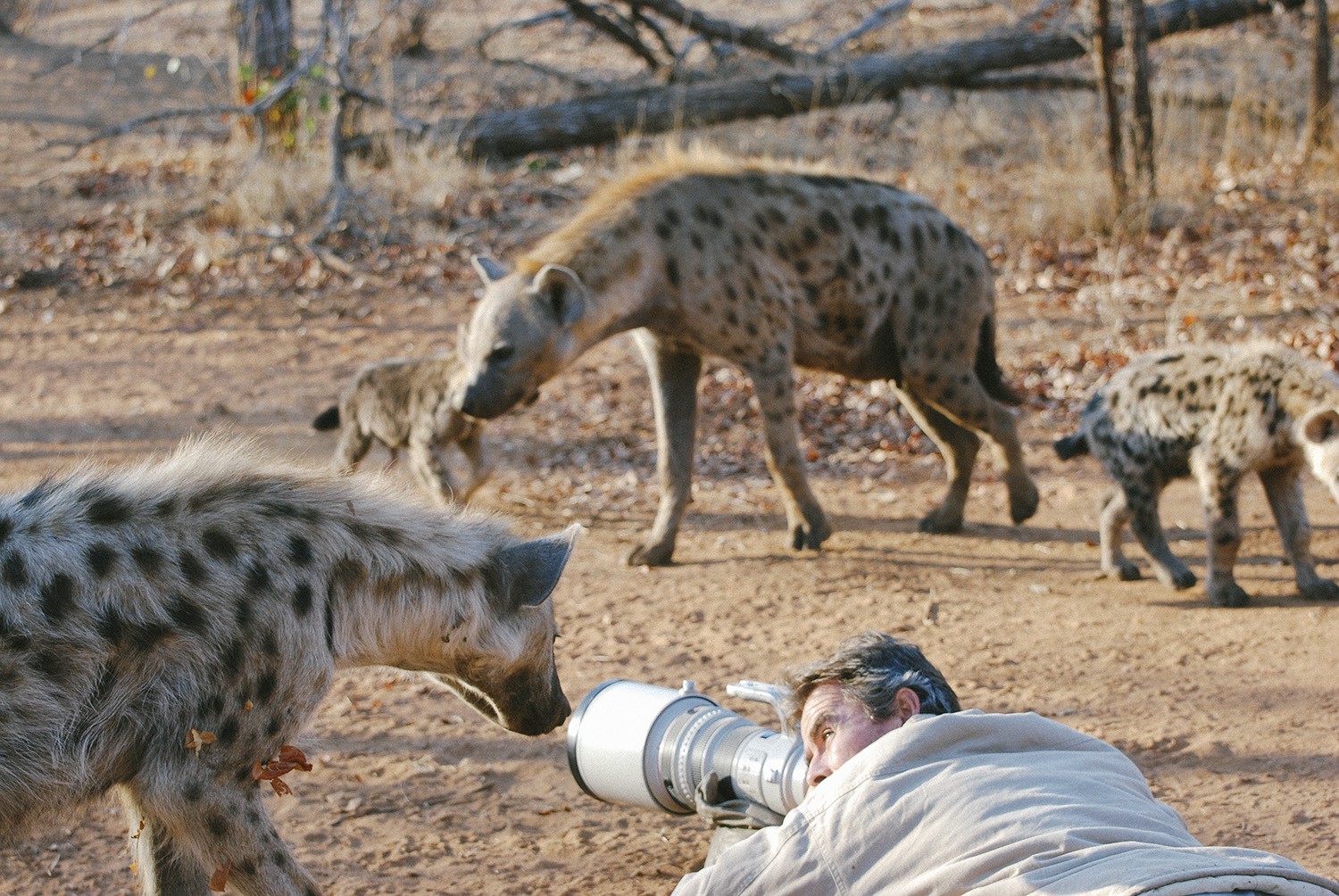
(Top) Photo: © Penny Wolhuter; (Bottom) Photo: © Marinella Bertolusso
WildArk: Much of your work means filming at night. What are some of the challenges and how have you overcome these?
Kim: Of the 29 years that I’ve been filming, at least 24 of those have been at night, purely because the animals I’ve been filming; lion, leopard, and hyena are predominantly nocturnal.
Night time filming has always been a challenge, especially in the early days when film speeds were so slow. In those days, I worked with two vehicles. Myself with the camera and the second vehicle with a massive bank of lights mounted on a tripod, so the operator would shine and move them as the animal moved. Having the lights on a separate vehicle, allowed us to back and sidelight the subjects, always trying to create that ‘natural’ moonlit effect.
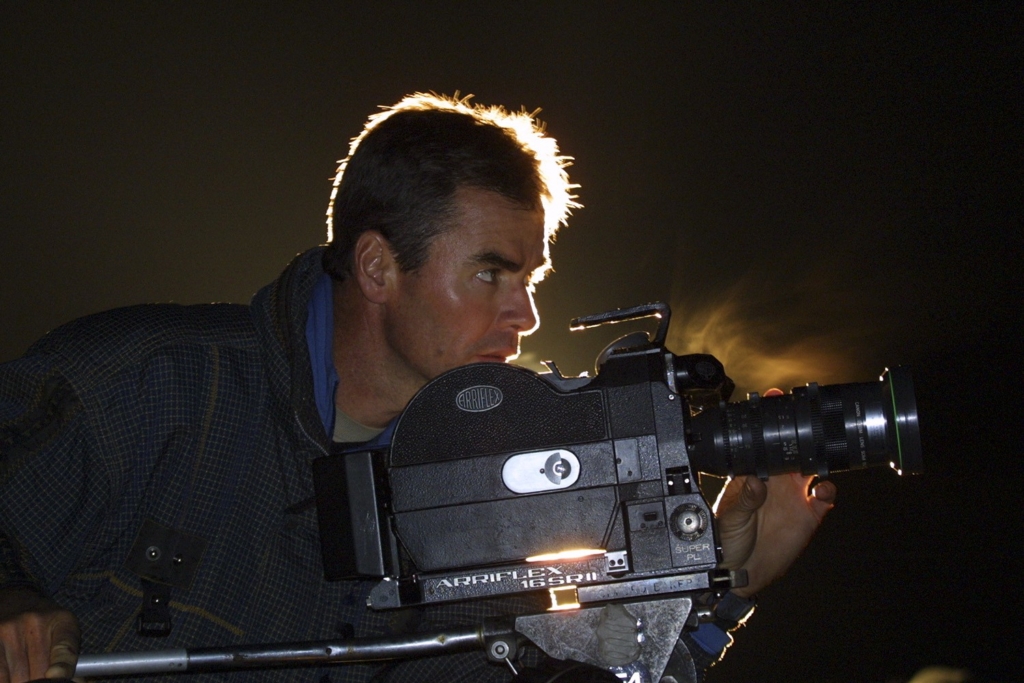
Photo:© Barend Van Der Watt
WildArk: What are some of your most memorable experiences when filming?
Kim: I’d filmed a family of cheetah for two years but hadn’t seen them for a year. One day I went for a walk. In the distance, I saw this cheetah and as I approached she still didn’t look at me. I realised she was one of the ones I’d been filming, Chinzvi. Eventually, I sat down a couple of metres from her. She still didn’t look at me. I was now somewhat upset that after all this time with her in the past, she didn’t bother to give me the time of day. About a minute later she came to me and started licking my face. Amazing! I spent the next three hours, walking, sleeping and hunting with her. It was just like old times.
I’ve had similar interactions with hyenas, especially ‘Bounce’, who never seemed to tire of wanting my attention and me to play with him.
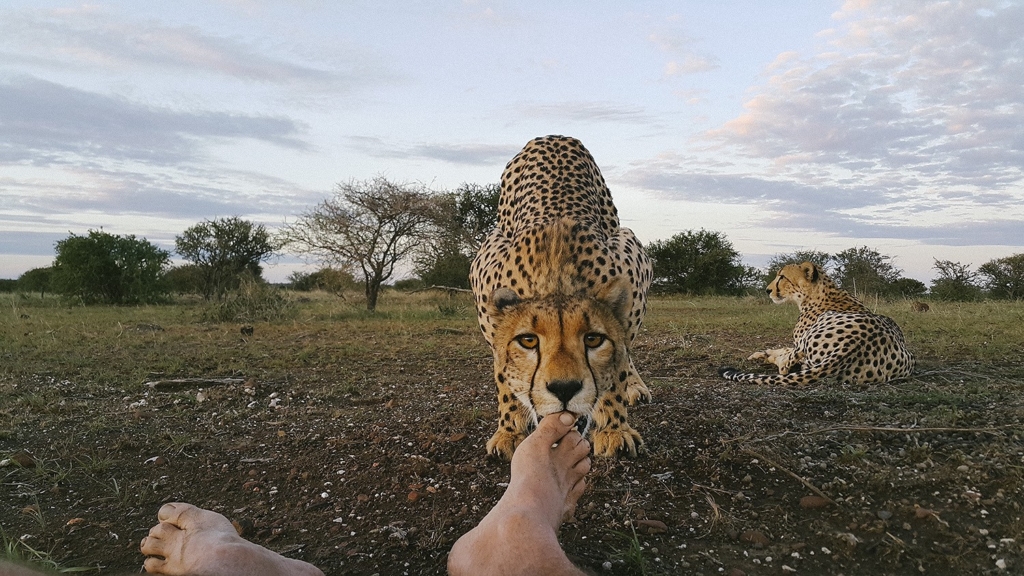
Photo: © Kim Wolhuter
WildArk: What have your interactions with wild animals impressed upon you?
Kim: They have made me realise that man has always been a part of this natural world, but that sadly, we’ve distanced ourselves from it. We’ve lost our soul and seem to be taking ourselves further and further away each day. I hope that my work will make us realise that the wilderness is not something to fear, but it’s a natural place for our being.
WildArk: Have there been any close calls?
Kim: Many! I had a very close encounter with a black rhino in an open area where I had nowhere to go. I had to stand my ground until the last five metres when I lunged forward, shouted and clapped my hands. Luckily it turned and ran off.
Another time, a white rhino cow came out of the thick bush only 20 metres away at full charge. I ran and fell just as she came up behind me. My fall meant she missed me and carried on charging past!
There was a time I came across a lioness with three tiny cubs. I had no idea she was there, having gone for a walk with one of my scouts to look for a sick elephant. At 60 metres she charged across the clearing. I froze, and she only stopped when I shouted at my scout to stop running. She stood there growling for what seemed like forever, then ran off to look for her cubs. Thankfully I never had a weapon as I would surely have used it.
One day I was out jogging in the middle of the day, as I usually do, when an elephant cow came out the bush and charged, chasing me down the road. She was gaining on me fast. I ducked down a game path into the thicker bush, out of sight. Luckily, I lost her.
I was charged by a female leopard and had nowhere to go. Remembering what a hyena does when charged by a leopard, I did the same and tried to ignore her, looking around at the ground and avoiding eye contact. It worked!
My vehicle has been battered by several elephants, a black rhino, and a buffalo bull. AND she’s still going… Toyota!
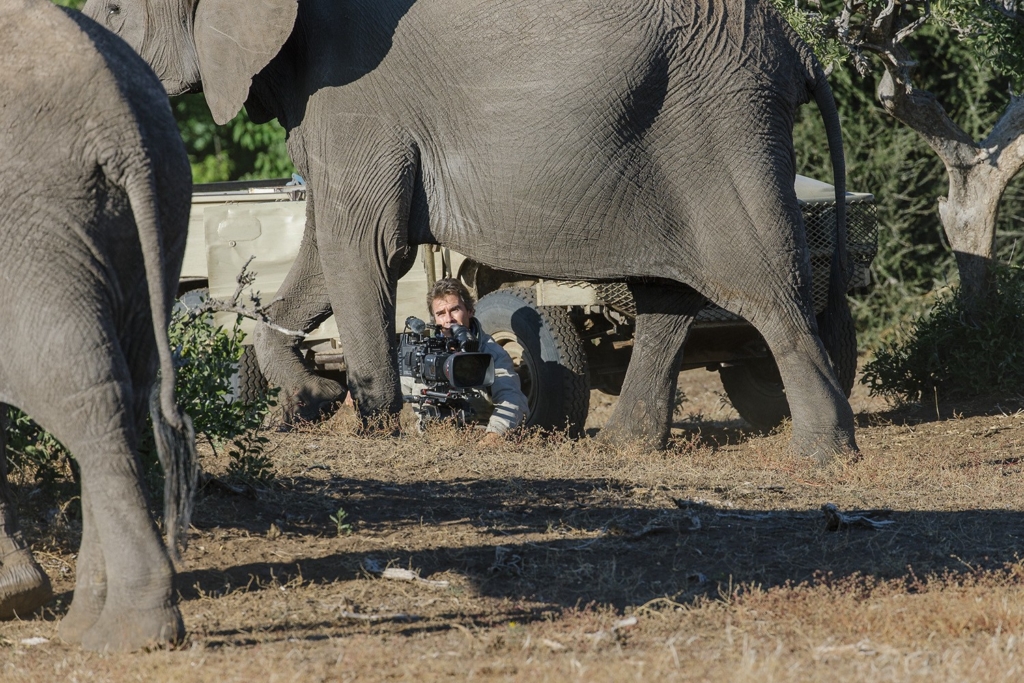
Photo: © Wolfgang Moller
WildArk: What are you working on at the moment?
Kim: I’ve been filming Spotted Hyenas in Mashatu Game Reserve, Botswana, for two years. The working title is MYENAS (as in ‘my hyenas’).
The film follows the lives of a unique clan of hyenas. My time with them has been incredibly intimate as I was accepted as a clan member. This is also Bounce’s story. More importantly, my time with them helps dispel the myths about hyenas, and I portray them for what they are.
There are some interesting things going on with this clan. In human terms, the matriarch seems rather ‘loopy.’ She’s been going around killing cubs from her clan. It’s horrendous to see. I’m sure in time the clan will turn, on her. They won’t kill her, but will depose her and leave her to live as the lowest ranking member.
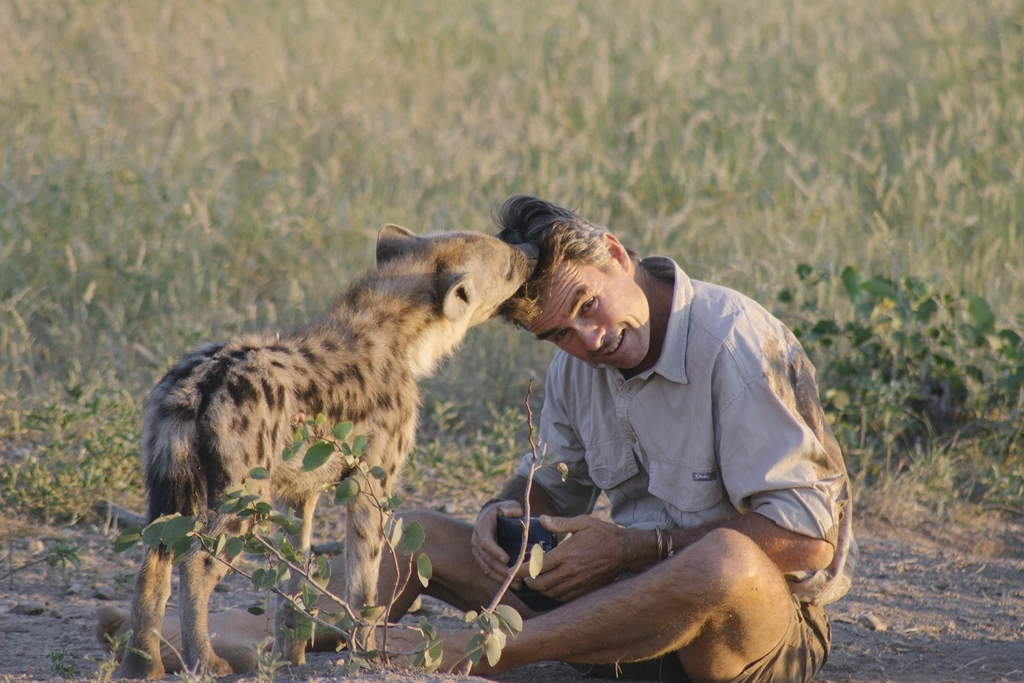
Photo: © Penny Wolhuter
WildArk: What role do you think the wildlife photographer/filmmaker can play in conservation?
Kim: We are the lucky ones in that we get to live the experience. People live vicariously through our lenses, as many of them will never get the opportunity ever to experience what we do.
The audience place a lot of trust in us as ‘keepers’ of the kingdom, and they rely on us, and we must keep them abreast on its status.
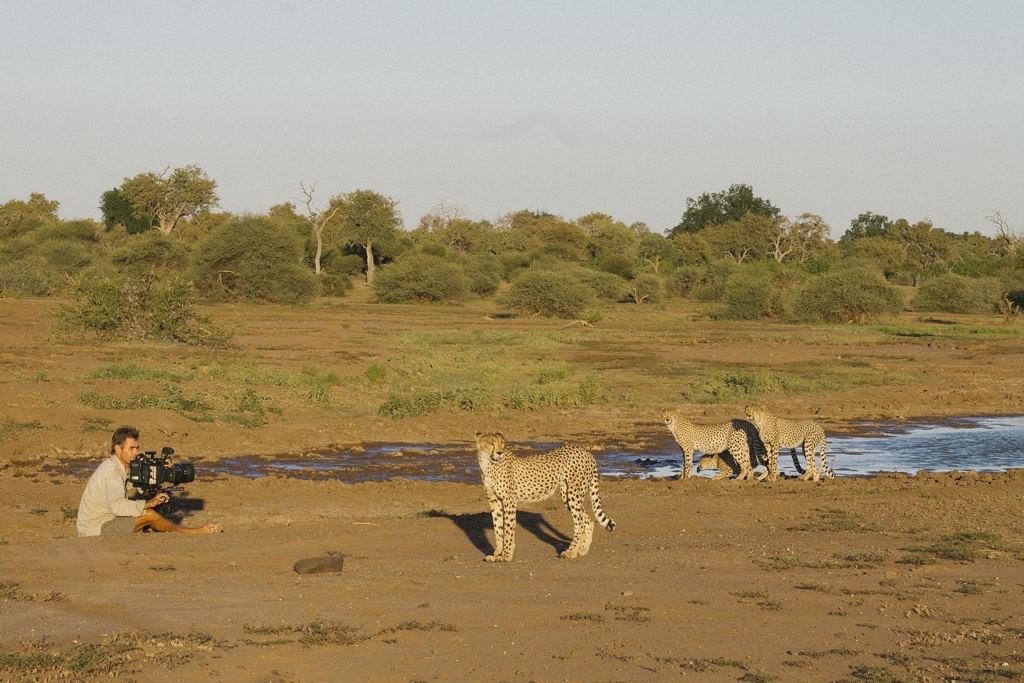
Photo: © Penny Wolhuter
WildArk: Any advice for those wanting to work in this field?
Kim: Several years ago I met a guy at a wildlife film festival. He said to me, “Kim, I’ve just finished my four-year film degree and before that, I did my four-year Zoology degree. I’m ready to be a wildlife filmmaker.”
I felt sorry for him, believing he had wasted eight years of his life. When talking to youngsters today, my advice is if you’re interested in wildlife you’ll learn that stuff in your own time. On the filmmaking side, I believe you only need to do a six month to a year course on filmmaking. Don’t expect that you’ll ever be flush. You do this work because of your passion.
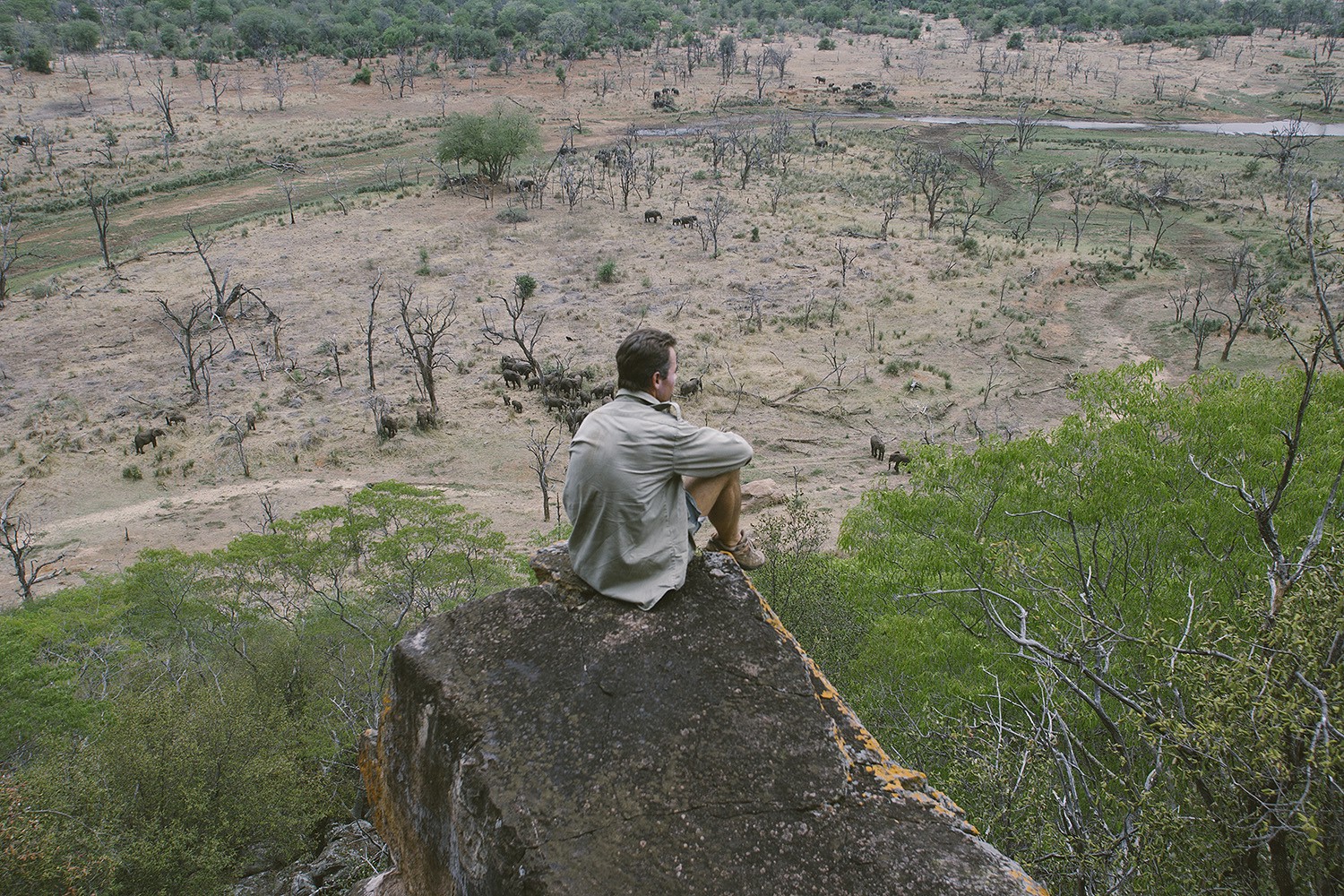
Photo: © Kim Wolhuter; (Bottom)
WildArk: What does wilderness mean to you?
Kim: I don’t believe we can have wilderness areas set aside without any human activity. Animals can and do adapt to man. If wild areas don’t pay for themselves, they will not survive in a world where human expansion is taking away our wild lands.
There is a lot of focus on saving our elephants, rhinos, pangolins, (all very necessary), but if we don’t save habitat, we’ll lose all of that. Without wilderness, we are not only losing all those animals and plants that inhabit it, but we will lose our soul.
WildArk: What would be your vision for the future of the Wild, and what are some dreams you would like to see realised?
Kim: Man has become desensitized to our natural world. There is a disconnect that means we don’t care and because we don’t care, as the top of the food chain, we’ll just decimate everything around us.
It’s all very well creating employment in safari lodges to look after local communities, but is this not just creating a job for the sake of creating a job? We have to instil in people a love for these wild areas. Education is key.
If we can get rural people to protect their habitat, their wildlife, because they want to, not because they have to, then we’ll win and save our natural world.
“In the end, we will conserve only what we love; we will love only what we understand, and we will understand only what we are taught.” (Baba Dioum, 1968)
My biggest dream, is to make sure Spotted Hyaenas are portrayed for what they are. Instead of always and unfairly being cast as the villains, they deserve a place up there with all the other animals. Their Latin name alone speaks to this… Crocuta crocuta and even Cuta!
